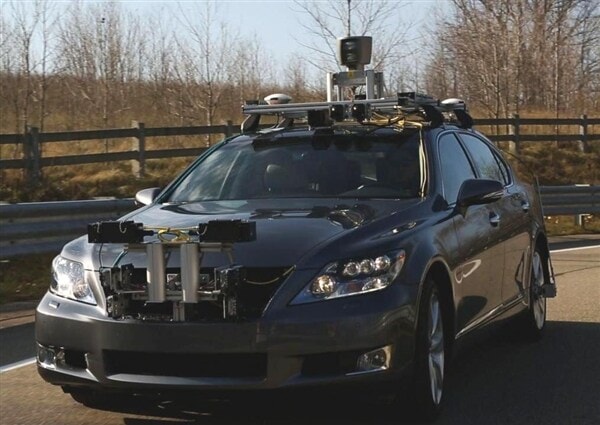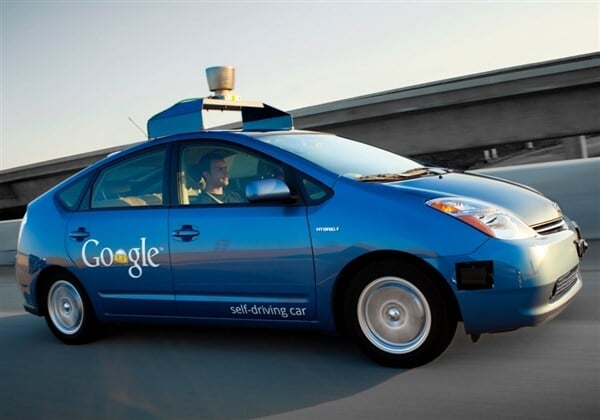While seeing much long-term merit in automating the basic driving process, the National Highway Traffic Safety Board has come out with a series of guidelines that clearly indicate Americans won’t be travelling in a truly "hands-off" world for some time to come. "We’re encouraged by the new automated vehicle technologies being developed and implemented today, but want to ensure that motor vehicle safety is considered in the development of these advances," said NHTSA Administrator David Strickland.
Also: Your 12 midsize sedan choices for 2013
To that end, the organization is undertaking its own extensive research on all aspects of the operation of autonomous cars — mechanical, electronic and human — which it expects to have completed within four years. But it also presented definitive recommendations regarding the evaluation of these vehicles by individual states, notably California, Florida and Nevada, that have already made self-driving cars legal on public roads, as well as pioneering private firms like Google. Among the key NHTSA advisories:
• For now, autonomous vehicles should remain in the purely experimental realm and have their operation solely confined to testing.
• States should not attempt to establish their own individual safety standards for autonomous vehicles.
• Any state that permits operation of these vehicles in a non-test mode should require the operator be specifically trained and licensed.
• The operation of all autonomous vehicles operating on any public road should be overseen by a driver who is ready to take full control at any point.
• States should require private parties engaged in autonomous vehicles testing to disclose all incidents in which the vehicle is involved in a crash or near crash and/or when it required direct human intervention as the result of an automated system failure.
• All autonomous vehicles should have an easily accessible button or other device that would allow the driver to immediately retake full control.
• All autonomous vehicles should include the capability to detect, record and inform the driver of a malfunction in any automated system.
You Should Also Know…
Cadillac’s Super Cruise technology is ready to start real-world testing
Subaru and Mitsubishi shine in IIHS small-SUV crash tests
2014 Volvos will offer a new cyclist-detection safety system
Popular at KBB.com
10 Best SUVs Under $25,000
Your 12 Midsize Sedan Choices
First Pics: All-new Cars for 2014













